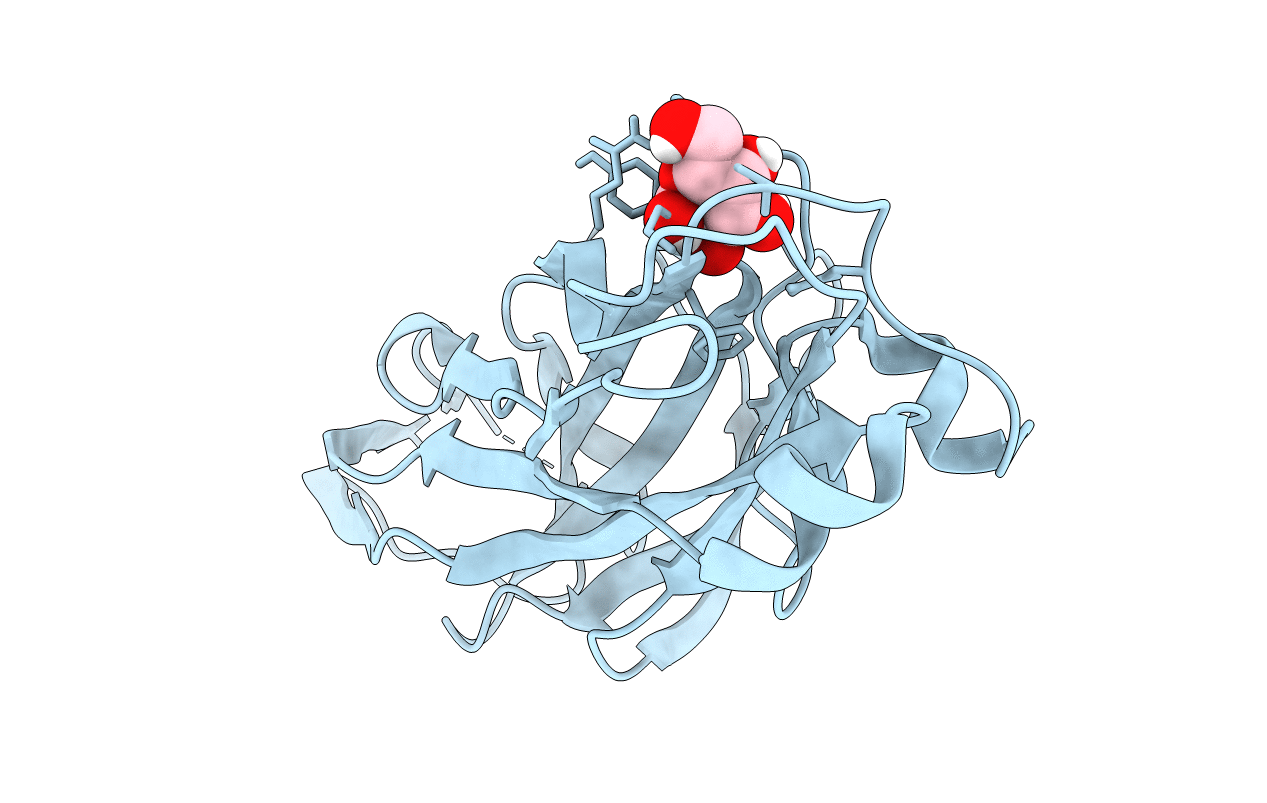
Deposition Date
2021-05-24
Release Date
2022-07-06
Last Version Date
2024-04-03
Entry Detail
PDB ID:
7MZS
Keywords:
Title:
Crystal structure of the UcaD lectin-binding domain in complex with galactose
Biological Source:
Source Organism:
Proteus mirabilis (Taxon ID: 584)
Host Organism:
Method Details:
Experimental Method:
Resolution:
1.72 Å
R-Value Free:
0.20
R-Value Work:
0.17
R-Value Observed:
0.17
Space Group:
I 4


